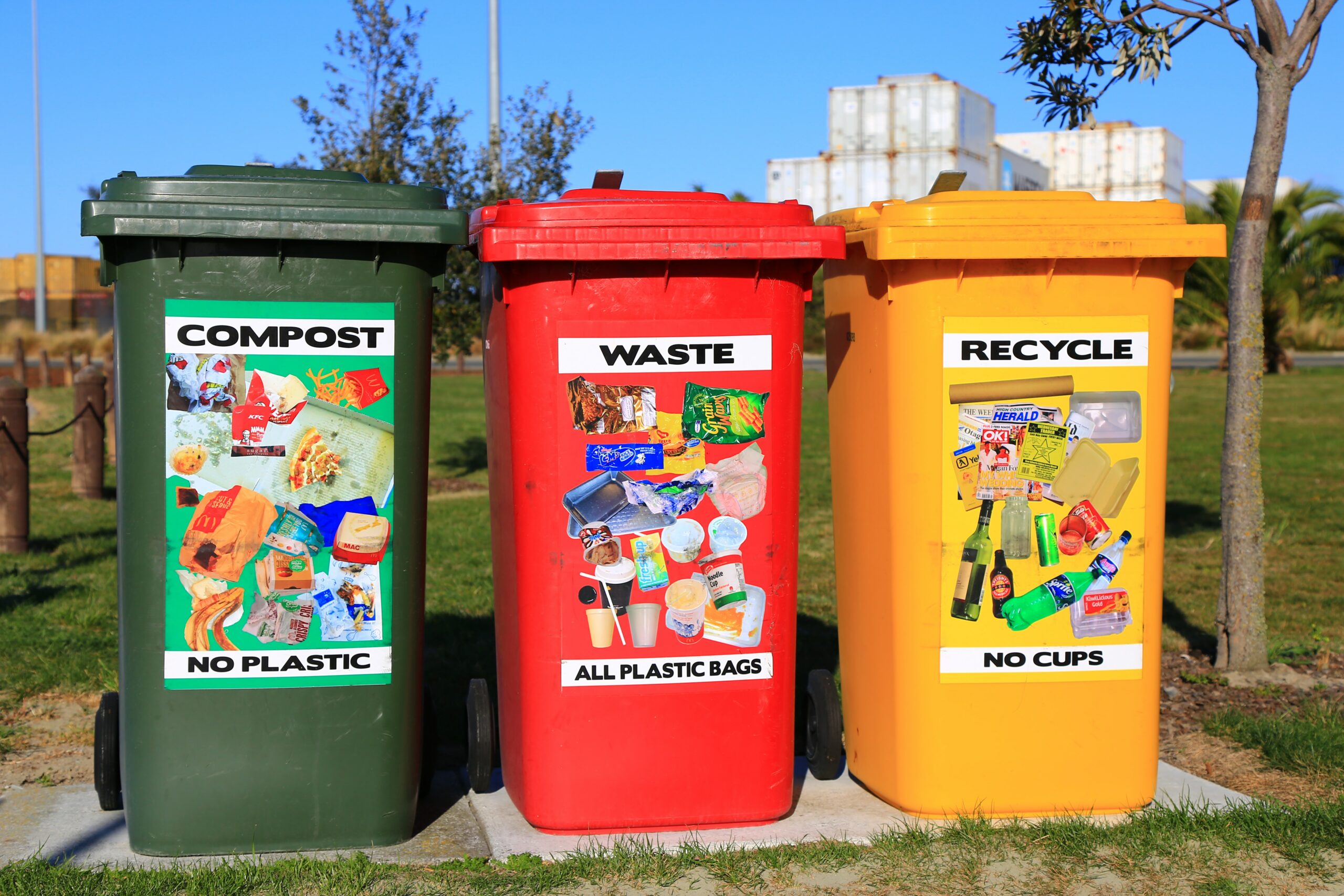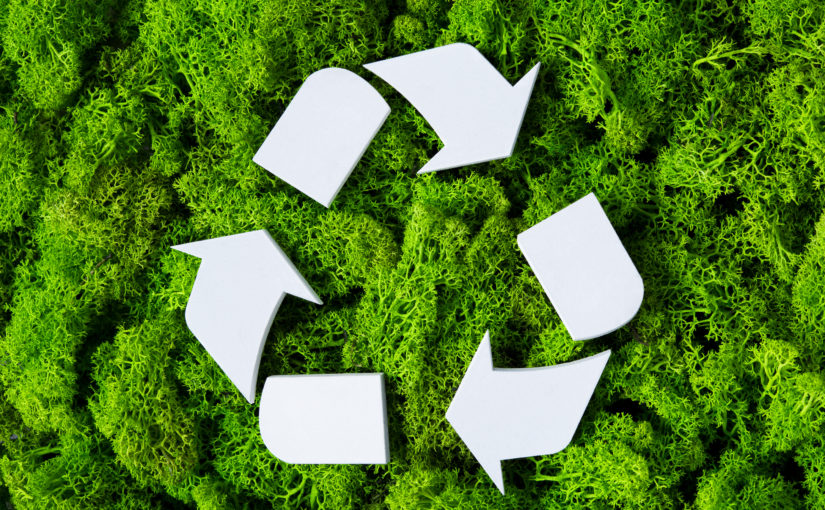Recycling Lives Services: Changing Waste right into Prized Possession Resources
Recycling Lives Services: Changing Waste right into Prized Possession Resources
Blog Article
Discovering Various Kinds Of Waste in Modern Waste Administration Equipment
The modern landscape of waste management includes navigating an intricate selection of waste types, each requiring specialized handling and disposal techniques to reduce environmental effects. Municipal solid waste, contaminated materials, electronic waste, and natural waste each existing unique difficulties and possibilities for source recovery. Cutting-edge options such as wise waste containers and waste-to-energy innovations are arising as crucial devices in boosting effectiveness and sustainability. Comprehending these waste types is necessary for cultivating public recognition and motivating energetic engagement in lasting practices. What methods can efficiently resolve these different sorts of waste while advertising a round economic situation?
Local Solid Waste
Municipal strong waste, often described as house garbage or garbage, encompasses a selection of thrown out products produced by household, business, and institutional resources within a municipality. This waste stream usually consists of products such as packaging, food scraps, yard trimmings, paper, plastics, textiles, and disposed of house products. The administration of metropolitan solid waste is an essential element of urban planning and public wellness, requiring reliable collection, transportation, and disposal systems.
Reliable waste monitoring systems are made to lessen ecological effect while optimizing resource recovery. This often involves a combination of approaches including composting, recycling, and landfilling. Reusing programs target materials like paper, glass, metals, and particular plastics, diverting them from land fills and reintroducing them into the manufacturing cycle. Composting natural waste, such as food scraps and yard trimmings, not just lowers garbage dump use however additionally creates beneficial dirt modifications.
Towns must likewise attend to the logistical and economic challenges related to waste management. Applying pay-as-you-throw systems, improving public awareness, and buying technology can considerably boost waste diversion prices. By incorporating these techniques, municipalities can promote sustainable communities, reduce greenhouse gas emissions, and conserve natural sources.
Contaminated Materials

Efficient harmful waste management entails several crucial actions: recognition, segregation, treatment, and disposal. Recognition involves the category of waste based on its harmful buildings. Segregation guarantees that harmful products are stored individually from non-hazardous waste to avoid cross-contamination. Treatment methods, such as chemical neutralization, incineration, and stablizing, are utilized to minimize the toxicity, quantity, or flexibility of the waste. Disposal alternatives, consisting of safe and secure landfills and underground storage space, are chosen to ensure lasting control.
Governing frameworks, such as the Resource Conservation and Healing Act (RCRA) in the USA, give guidelines and requirements for contaminated materials administration. Adherence to these guidelines, paired with advancements in waste treatment innovations, is important in minimizing the risks related to contaminated materials.
Digital Waste
Electronic waste, commonly described as e-waste, stands for a rapidly expanding challenge in waste monitoring systems globally. This kind of waste encompasses thrown out electronic tools and equipment such as smartphones, computer systems, televisions, and other digital appliances. The fast speed of technical innovation, paired with decreasing product lifespans and customer demand for the most recent gadgets, has actually greatly boosted the volume of e-waste created yearly.
E-waste is specifically troublesome because of its intricate make-up, commonly having hazardous materials like cadmium, mercury, and lead, which position significant ecological and health and wellness risks if not effectively handled. Alternatively, e-waste also has beneficial materials such as silver, gold, and copper, which can be recouped and recycled. The twin nature of e-waste-- both harmful and important-- demands specialized handling, reusing, and disposal processes.
Reliable e-waste administration involves rigid regulative structures, robust collection systems, and advanced recycling modern technologies. Public awareness and involvement are essential, as incorrect disposal techniques, such as prohibited discarding and casual recycling, worsen environmental contamination and carcinogen. As a result, boosting e-waste management practices is vital for minimizing eco-friendly influence and recouping valuable resources in a significantly digital world.

Organic Waste
Organic waste, comprising kitchen scraps, yard trimmings, and farming residues, represents a substantial section of the global waste stream. This type of waste is biodegradable, suggesting it can be broken down by microbes into less complex organic compounds. Despite its possibility for all-natural decomposition, inappropriate administration of organic waste can result in unfavorable ecological influences, consisting of the discharge of greenhouse gases such as methane, which add to climate modification.
Efficient administration of organic waste is essential for lessening these ecological influences (recycling lives services). Composting is an extensively adopted method, changing natural waste into nutrient-rich garden compost that can improve dirt health and wellness and agricultural performance. Furthermore, anaerobic digestion is an emerging modern technology that transforms organic waste right into biogas, a renewable power source, and digestate, which can be made use of as plant food
Municipalities and waste monitoring entities must execute robust natural waste collection and therapy programs to optimize the advantages of these procedures. Public education projects can additionally play a pivotal function in motivating houses and businesses to separate natural waste from other sorts of waste. By focusing on the management of natural waste, societies can decrease garbage dump usage, reduced greenhouse gas emissions, and produce useful byproducts for farming usage.

Ingenious Waste Monitoring
In the world of waste monitoring, innovative methods are changing exactly how cultures manage their refuse, aiming for sustainability and performance. One noticeable advancement is the implementation of clever waste containers outfitted with sensors that monitor fill degrees and optimize wikipedia reference collection paths.
One more notable growth is the fostering of waste-to-energy (WtE) technologies. By transforming non-recyclable waste right into functional energy through processes such as incineration and anaerobic digestion, WtE reduces landfill burden and provides a renewable resource source. Furthermore, developments in chemical reusing enable the failure of complex plastics right into their initial monomers, allowing the development of new, premium plastic items.
Furthermore, the circular economic climate model is gaining grip, stressing the design of products and systems that prioritize reusability and source performance. This all natural method motivates industries to lessen waste generation from the beginning. Through these innovative approaches, modern-day waste administration systems are not just dealing with the prompt difficulties of waste disposal yet additionally leading the way for a much more sustainable future.
Final Thought
A thorough understanding of municipal strong waste, dangerous waste, electronic waste, and natural waste, paired with the implementation of ingenious waste administration options, is necessary for minimizing ecological effects. Integrating modern technologies such as clever waste containers and waste-to-energy systems can improve efficiency and sustainability. Efficient waste management techniques not just foster resource recuperation however likewise promote public understanding and participation, ultimately adding to the development of a round economic climate.
The contemporary landscape of waste management involves browsing click an intricate array of waste types, each needing specialized handling and disposal approaches to reduce environmental influences. Local strong waste, from this source hazardous waste, digital waste, and natural waste each present distinct challenges and opportunities for resource recuperation.Electronic waste, typically referred to as e-waste, represents a swiftly expanding obstacle in waste management systems globally. With these innovative strategies, modern-day waste monitoring systems are not just addressing the prompt difficulties of waste disposal yet also leading the means for a much more sustainable future.
A thorough understanding of community strong waste, unsafe waste, electronic waste, and natural waste, coupled with the execution of ingenious waste monitoring remedies, is critical for minimizing environmental impacts. (recycling lives services)
Report this page